Human papillomavirus (HPV) affects epithelial cells and has a particle diameter of 55 nm. Its special feature is the proliferation of the skin epithelium, as well as the mucous membranes. In the early stages, the pathogen usually affects the basal cells of the epithelium, penetrating them through microtrauma. Localized papillomas are usually found on the skin of the neck, armpits, groin and genitals (most often), oral mucosa and nasopharynx.
This virus can survive for years without symptoms. To detect HPV, electron microscopic or molecular hybridization methods are used.
Types of human papillomavirus
In humans, there is HPV which attacks the mucous membranes and skin. Among the large number of papilloma viruses, there are species with low and high oncogenic risk. It has been proven that oncogenic properties are related to the ability to integrate DNA into the genome of human cells.
This virus is activated in 10-20% of cases. Depending on the type, this disease can cause benign or malignant lesions. Some HPVs are not oncogenic. They cause the appearance of warts and genital warts. The most common are HPV 6 and 11.
Oncogene HPV is a virus that has a high risk of developing into cancerous lesions, especially on the cervix or anus. Meanwhile, on the skin, HPV 16 and 18, as well as 5 and 8, which can cause skin cancer, are more common. The most common form of cancer caused by HPV is cervical cancer. But men can also be infected with the papilloma virus, which in the worst cases causes penile or anal cancer.
Often women face HPV 16 - this is a form of introsomal parasitism that is observed, that is, outside the cell chromosomes (benign). HPV 18 has a high risk of developing cancer - first benign tumors form, which after some time turn into cancer. Virions in this case are small (up to 30 nm).
- cervical neoplasms;
- invasive or pre-invasive oncology;
- genital warts in the urinary tract and genitals.
Characteristics of infection

Human papillomavirus is highly contagious. It is usually transmitted through direct contact, skin to skin or mucous membrane to mucous membrane, with an infected person. For genital infections, this most often occurs during sexual intercourse either vaginally or orally. Having multiple sexual partners or other STIs (sexually transmitted infections) increases the risk. Indirect transmission through contaminated objects, clothing or bedding is also possible, but very rare.
In 7% of cases, mother-to-child transmission of the virus can occur during birth, when the infection is active. The risk increases to 40% if infected with HPV 16 or 18.

By penetrating the epithelium, violating its integrity, papillomavirus infection promotes the growth of the lower layer of epithelial cells in the form of condylomas or warts. This form of the disease is contagious and quickly spreads to other people. Typically, warts and warts do not cause metastases and often disappear spontaneously.
HPV symptoms
The incubation period lasts up to 9 months (average 3 months). HPV can appear in the body without obvious symptoms. This virus can go undetected for months or years. Even at this stage the disease is contagious.
Skin warts usually appear in groups and increase in number when scratched. The two most common forms of papilloma are grayish, firm, raised with a broken surface (common warts) or flat and reddish (flat warts). Spiny warts appear on the soles of the feet or heels, grow inward and are therefore often painful.
- Genital warts. Pale or reddish pimples that often appear in groups and occur on the labia, vagina, penis, urethra, anus and rectum. This disease is very contagious.
- Flat condyloma. They appear in the form of flat glands and are found mainly on the female genitals. They increase the risk of developing cancer.
- Giant condyloma (Buschke-Levenshtein tumor). They grow into large formations, destroying the surrounding tissue. In rare cases, these cells can degenerate and cause squamous cell carcinoma.
Infection of the mucous membranes in the upper respiratory tract is also possible. The conjunctiva of the eye may be affected, resulting in the growth of a pink stalk.
It is more difficult to detect the asymptomatic course, which can only be seen by a doctor with the help of tools such as acetic acid (causes discoloration of the wart) or a microscope.
Apart from that, viruses can also live in cells without any tissue changes. Then they talk about latent infection, that is, the presence of the pathogen, but without symptoms. Once infected, this phase can last from several weeks to several months.
Possible consequences
When infected, viruses penetrate the tissue cells covering the skin and mucous membranes, settle in the nuclei of cellular structures and multiply there. Usually, such HPV infections go unnoticed and resolve on their own without consequences, as the immune system successfully fights the pathogen.
However, some types of HPV cause skin changes called growths. Possible forms include genital warts or condylomas and papillomas, which can affect, for example, the face, arms, or legs.
The tissue changes caused are mostly benign, but can also degenerate and cause cancer. For example, cancer can occur decades after HPV infection. Cancer of the female external genital organs (vulvar and vaginal cancer), anal cancer, penile cancer, and mouth and throat cancer (head and neck tumors) are also possible.
Establish a diagnosis

Testing for HPV infection is performed on women as part of a preventive visit to a gynecologist. In a gynecological examination, a smear is taken from the lining of the cervix, which is called a Papanicolaou test (cytological examination). The resulting material is studied to determine tissue changes to determine precancerous conditions.
Additionally, an HPV test may be performed, in which cellular material from a mucosal swab or tissue sample is tested in a laboratory for the presence of certain viruses. However, this only proves that the affected area is infected, but does not provide any statement as to whether tissue changes have occurred. Therefore, HPV testing makes sense, especially when combined with a Pap test, and can help detect cancer precursors at an early stage.
If the test result is positive, there is no reason to worry because the infection does not always cause cancer. Regular examinations are recommended to detect tissue changes at an early stage. On the other hand, a negative test result does not indicate whether there was a past infection that the body was successful in fighting.
For men, there are no routine preventive examinations. If there is underlying cancer, tumor testing can determine whether an HPV infection is the underlying cancer.
Special DNA methods are also used in laboratory diagnostics, such as real-time PCR. Anogenital warts caused by HPV types 6 and 11 are easily detected through gynecological examination.
How to cure human papillomavirus
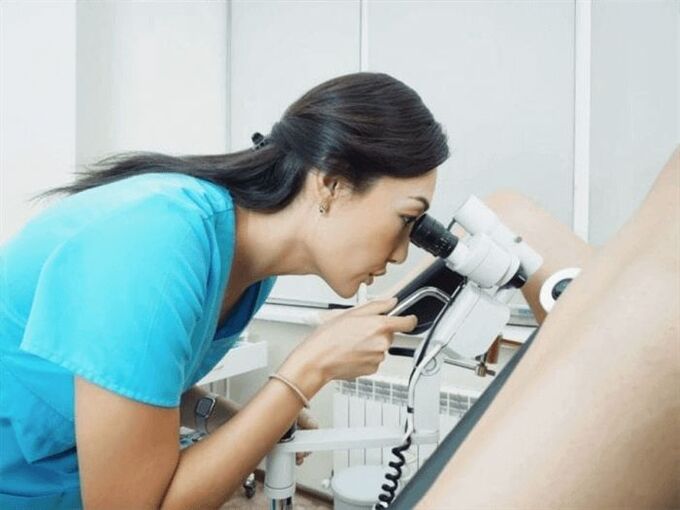
In most cases, this disease does not require treatment because it goes away on its own and the virus is no longer detectable. However, if this does not happen, the infection can last longer and persist for months or years.
To date, there are no methods of systemic influence on this virus that could completely destroy it. However, treating existing warts will reduce the amount of virus, so that in most cases, the immune system can fight the remaining viruses and get rid of them. In some cases, the pathogen persists and can cause repeated disease symptoms.
- Plantar and genital warts can be treated with medications formulated with salicylic acid for topical application.
- Cryotherapy is also a frequently used method for HPV. In this case, the wart is burned off coldly using liquid nitrogen.
- Laser or electrocautery are equally used methods.
For cancer caused by HPV, treatment is much more difficult. For cervical cancer, it is often recommended to remove the uterus, upper part of the vagina and ovaries respectively. This can be supplemented with radiation therapy to eliminate the possibility of recurrence. Other cancers caused by HPV are most often treated with targeted therapy, such as radiation or chemotherapy.
It is worth remembering that surgery is not a radical solution, but only solves the cosmetic problem, because after removal the virus may remain in the surrounding tissues and the wart may reappear.
Prevention of infection
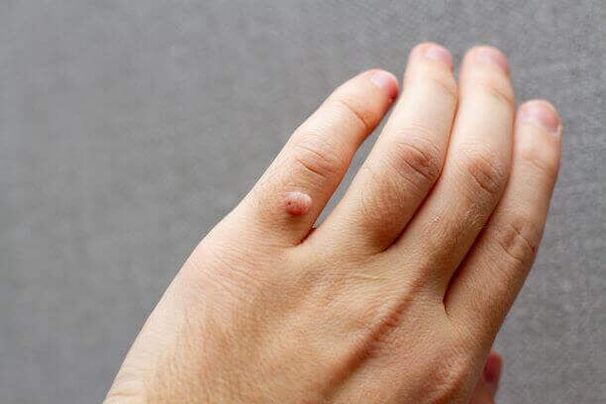
There are two vaccinations: a bivalent vaccine against HPV 16 and 18 and a quadrivalent vaccine against HPV 6, 11, 16 and 18. Vaccination is recommended for all young girls aged 14 years and over.
Vaccination does not protect against all types of HPV. Therefore, all women aged 25 to 65 years, even if they have been vaccinated, are advised to undergo regular smear examinations.
Timely detection and complete removal of warts reduces the risk of disease. The effectiveness of using condoms to protect against transmission of infection can significantly reduce the risk of developing this disease. The most promising way to prevent and treat the early stages of disease caused by these infections is with specific polyvalent vaccines.
Why plantar warts appear and methods of treatment
Warts are skin lesions that appear as special round formations that protrude above the surface. They appear due to certain viruses.
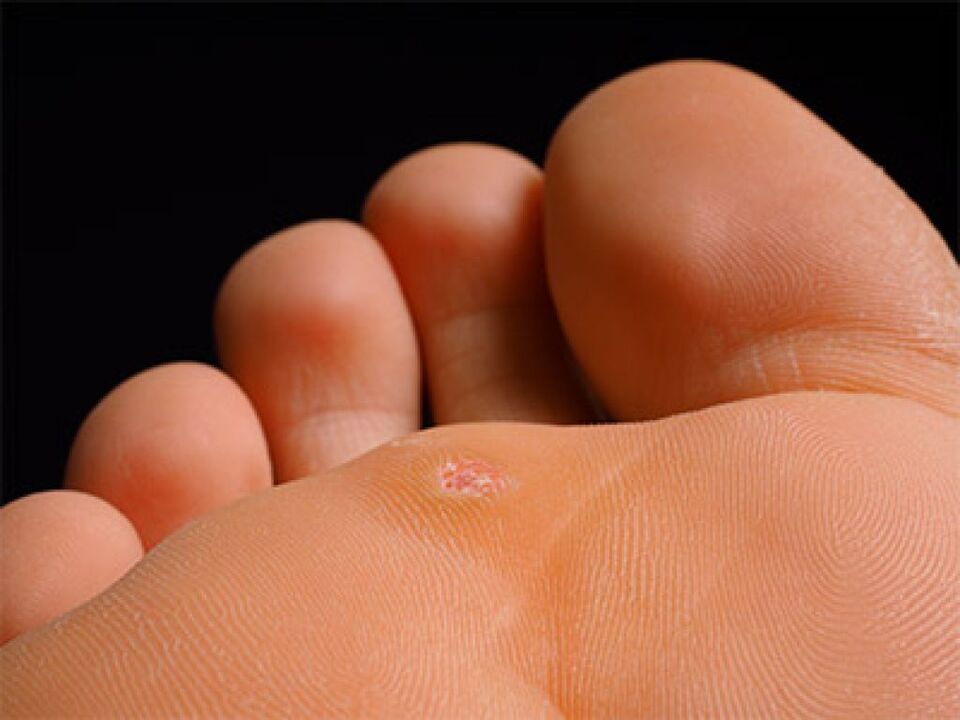
These formations often cause physical discomfort due to their location. Even after treatment, the disease tends to recur.
Types and reasons
There are many types of warts, they are classified according to several criteria:
- Simple. They occur on exposed parts of the body, arms, legs, face, and scalp. The disease is usually harmless, but is aesthetically unpleasant and can multiply rapidly, affecting large areas of skin. They are arranged as if in "families".
- plant. Their localization is exclusively on the legs. Causes discomfort when walking.
The main cause is human papillomavirus infection, which attacks the mucous membranes and skin.
Human papilloma virus
It is one of the most common viruses on Earth. Infection can occur in several ways:
- contact and household (via touch);
- sexual (genital, anal, oral-genital);
- in childbirth from mother to child.
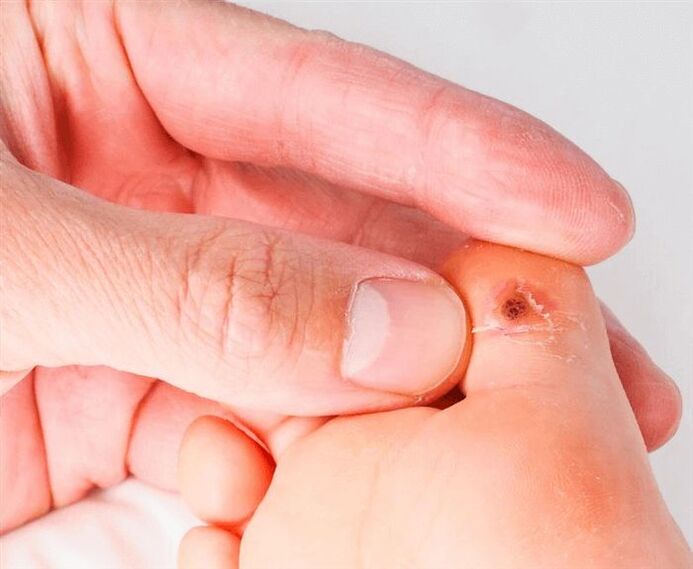
The development period of the disease ranges from several weeks to decades, this is explained by the fact that the virus may not appear for a long time, but as soon as the body's immunity becomes a little weak, growths immediately appear in the body. skin and/or mucous membranes. The main danger of this disease is that certain types of HPV are very likely to cause the formation of malignant tumors (cancer of the skin or mucous membranes). To ensure that the disease does not lead to tumor formation, it is necessary to see a doctor and not treat it yourself.
Symptoms and types of warts on the feet
Plantar warts appear as callous-like thickenings in the stratum corneum of the skin. This interferes with walking and causes pain. The passive state is characterized by slow reproduction, not reaching the stratum corneum of the epithelium, so this condition does not manifest itself externally.
The active state is characterized by the fact that the virus develops rapidly and, rising to the upper layers of the epidermis, manifests itself in various symptoms. Plantar warts are also called spinous warts, chicken warts. The virus enters through contact with the skin through cuts and abrasions on the outer layer of skin:
- First, small yellowish-gray papules with an uneven surface appear.
- Gradually, small elements become solid and acquire a dirty color.
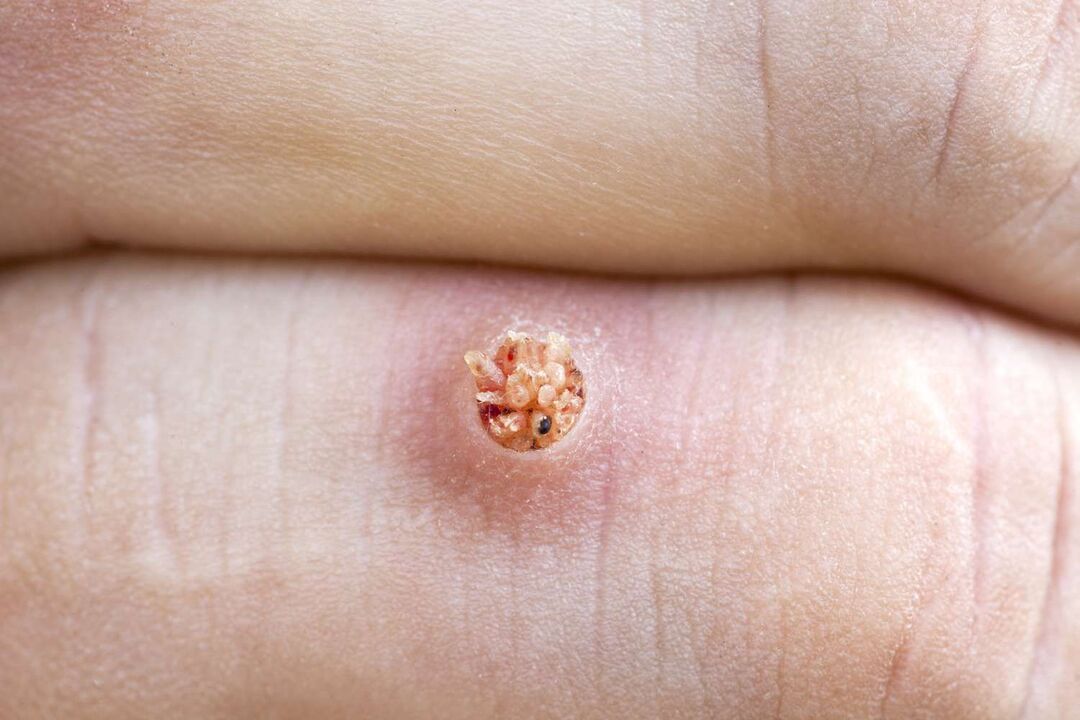
From the inside, plantar warts look like fused papillae of various sizes with a pink color. Additional capillaries form there, causing bleeding if you get a wart.
Plantar wart removal
Plantar warts should be treated if:
- There are painful sensations.
- The wart is bleeding.
- There are spots there.
- Warts increase in size quickly.
There are many treatment methods. One of them is cryodestruction. The purpose of this method is that the wart is exposed to liquid nitrogen at a temperature of minus 196 degrees. The area affected by the virus is frozen and the wart is removed.
Usual and aggressive exposure methods are used. With the aggressive method, nitrogen is applied a few seconds longer, but this method is more painful. It is important to note that if warts appear and exist for more than six months, then the effectiveness of cryodestruction will be greatly reduced, and the meaning of such an operation is also lost.
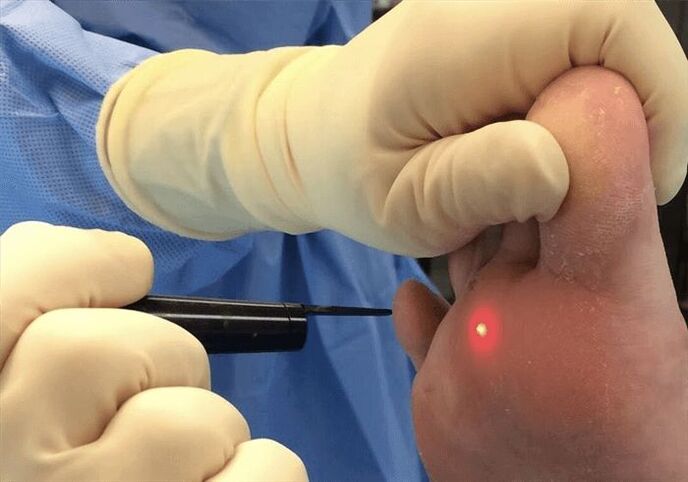
After removing plantar warts using liquid nitrogen, you should follow some recommendations:
- the blister remaining at the site of the wart cannot be opened;
- to avoid mechanical damage, use a sterile bandage, not a plaster;
- Treat the affected area with 2% salicylic alcohol twice daily;
- try to prevent water from entering the affected area.
Another method is laser coagulation. This is one of the most common methods for removing warts. Most laser systems are equipped with a special cooling system. Thus, the procedure is performed with minimal discomfort and does not allow inflammation to occur, because the laser has antiseptic properties. Moreover, it is a non-contact method.
There are several ways:
- Carbon dioxide (CO2) laser. Treatment in this case occurs using infrared rays. This method is 70% effective, but the weakness is that healthy tissue can also be damaged.
- Erbium laser. This treatment method uses shorter wavelengths, thereby reducing the chance of scar tissue appearing after surgery. Efficiency is usually 75%.
- Pulsed dye laser. With this method of exposure, the primary destruction of dilated capillaries in warts and stimulation of the immune system, which contributes to effective healing. The effectiveness of treatment is about 95%.
After laser treatment, a crust forms on the affected area, which disappears on its own within seven to ten days. Recommendations for this treatment method are the same as after exposure to nitrogen - avoid mechanical damage and water ingress.
The next way to remove warts is by electrocoagulation. In this case, a high frequency current is applied to the wart. Treatment is carried out under local anesthesia. Exposure of warts to high temperatures causes evaporation of cells affected by the papilloma virus. Another advantage of this method is that cauterization of blood vessels prevents bleeding. After surgery, a crust forms on the affected skin area, which disappears within 7 to 10 days.
Plantar warts can be treated with immediate surgery. In this case, excision is performed under local anesthesia, then sutures are applied. After surgery, the doctor will prescribe certain recommendations. Therefore, it is recommended to prevent water and soap from entering the affected area, not to tear off the resulting crust, and to treat the affected area with an antiseptic in the first 7-10 days.
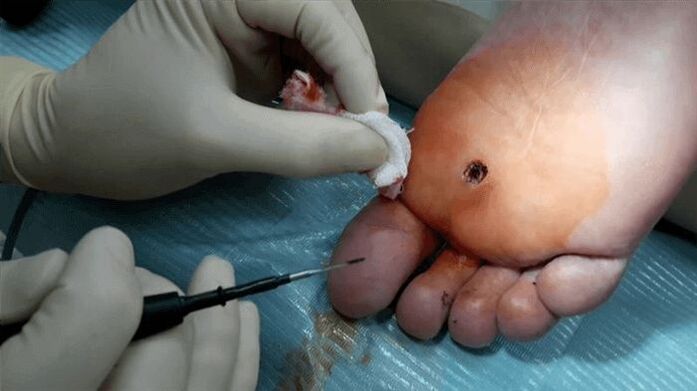
There are certain contraindications for each type of surgery. Therefore, the operation cannot be performed if the following occurs:
- pregnancy;
- diabetes;
- malignant tumors in the body;
- infection and inflammation around the wart;
- exacerbation of herpes;
- high temperature.
If your blood pressure is high, the procedure should also be postponed.
Treatment of warts without surgery
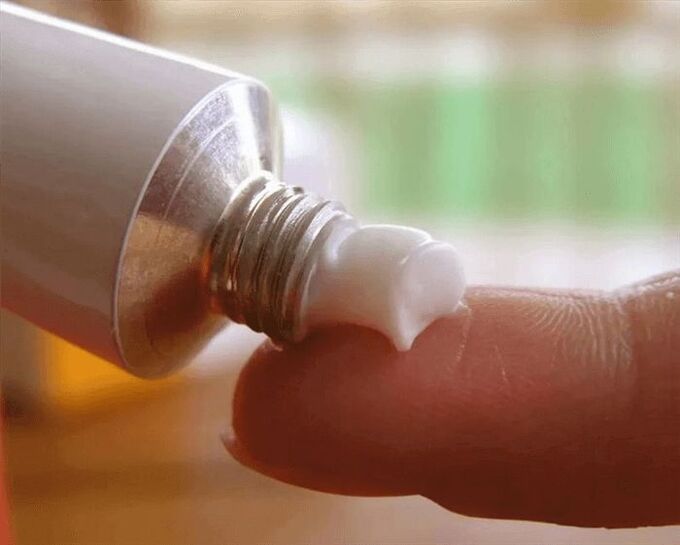
People often wonder how to remove plantar warts without surgery. To do this, you can use pharmacy ointments and solutions.
Basically this ointment has the following effects:
- anti-inflammatory;
- antiseptic;
- immunomodulator;
- anti virus;
- antifungal.
In addition, it may contain vitamin E, which also has a positive effect on treatment, since the vitamin generally strengthens the body and reduces the risk of relapse.
This product should be used for single and superficial plantar warts. Moreover, if side effects occur, it is necessary to rinse the medicine with plenty of warm water and immediately seek help from a doctor.
So, warts can be cured, there are many ways to do it, but you should not do it without first consulting a doctor, so as not to endanger your health. In addition, it is strictly forbidden to self-medicate if the attending physician prescribes contraindications.
Treatment of papillomas on the body
Hardware method
Modern hardware methods of treating papillomas make it possible to remove them and prevent the development of relapses of the disease. The most commonly used methods are:
- Cryodestruction is the destruction of growths by exposing them to low temperatures.
- Electrocoagulation is the burning of formations with an electric current, the strength and frequency of which are selected depending on the size, type and density of the papilloma.
- Laser removal. The type of impact is clear from the name. This procedure takes no more than 15 minutes and helps to remove unpleasant growths forever.
Drug treatment
The drugs used include celandine, castor oil, coated pencil, Sani Skin and Dermavit preparations.
These drugs show variable effectiveness and do not prevent disease recurrence. The main disadvantage of drug therapy for papillomas is the frequent development of allergic reactions.
Prevention of papillomas
To avoid the appearance of growths and avoid human papillomavirus infection, you should:
- Use barrier contraception during sexual intercourse.
- Observe personal hygiene rules and use only towels, soap and toothbrushes.
- When visiting public baths, do not forget to wear rubber shoes.
You should also normalize your daily routine, eat balanced meals, give up bad habits and avoid stressful situations. These factors do not cause the disease, but can trigger its development if the virus is already in the body.














































































